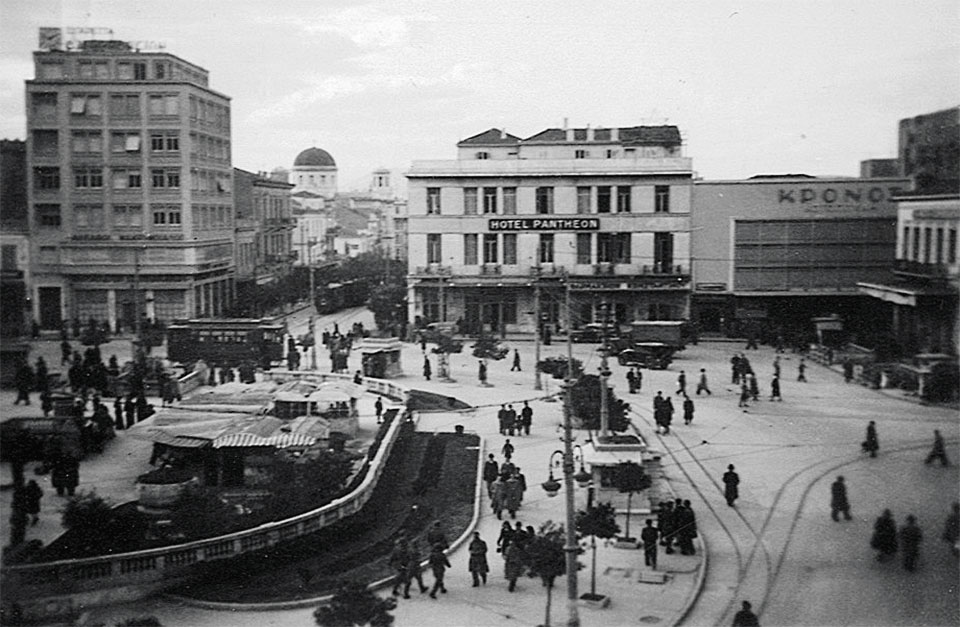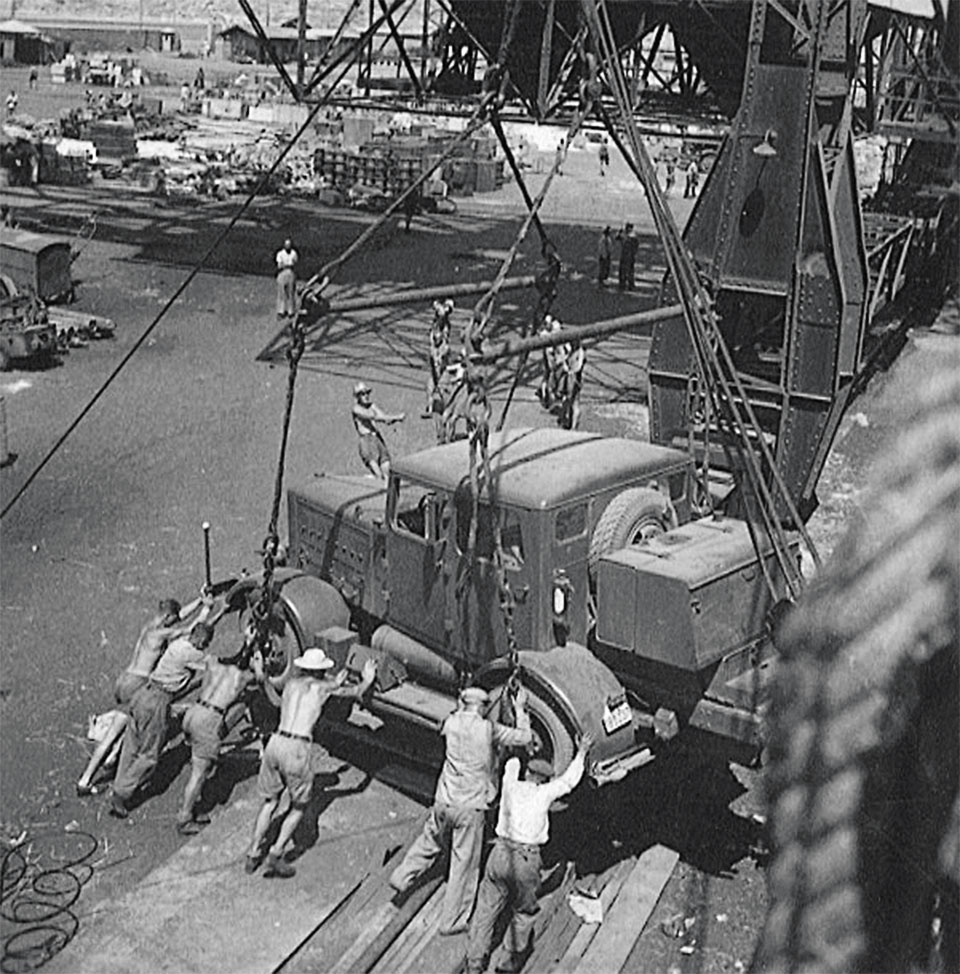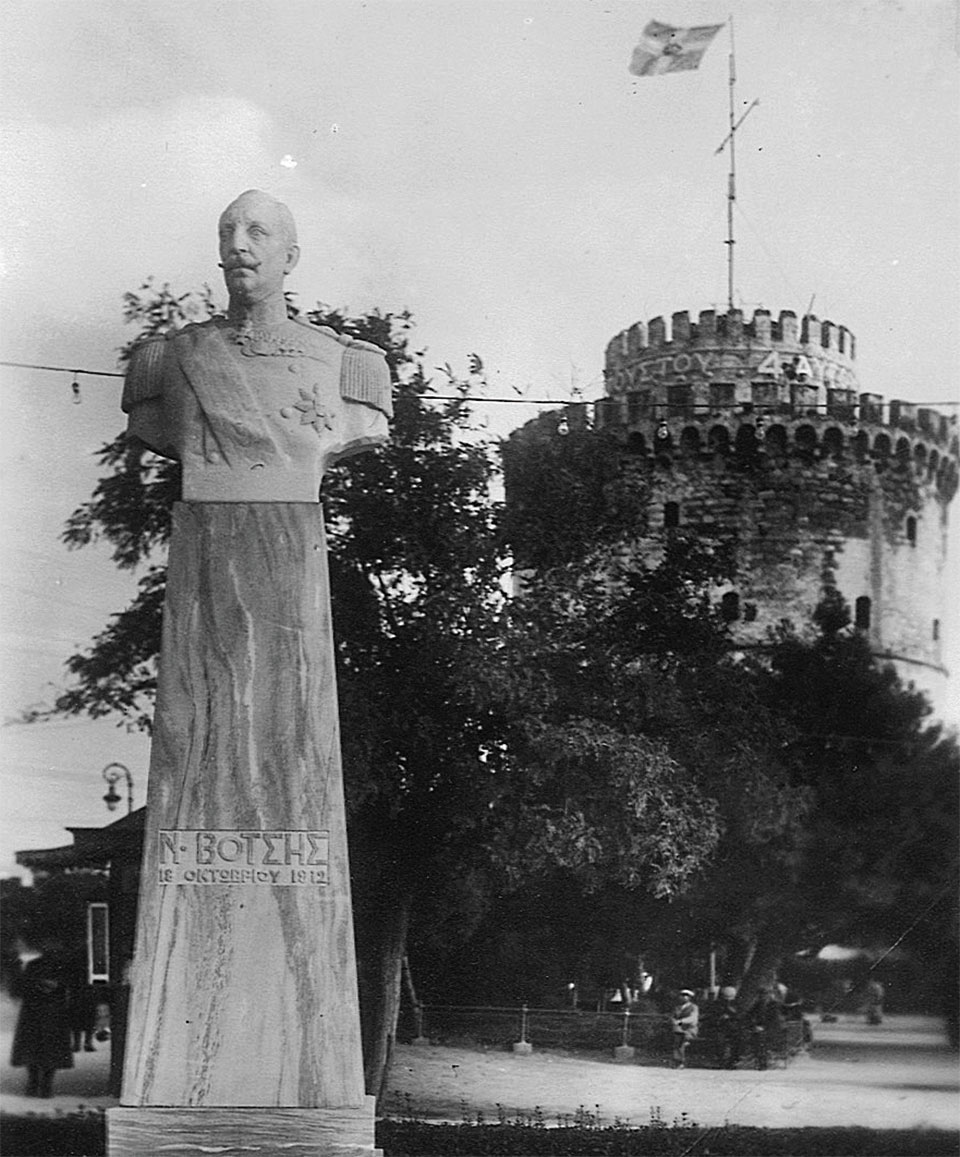
A separate section is made up of photographs of the German conquerors from occupied Greece. The photographs, taken mostly by officers and members of the Nazi administration or their families, provide valuable evidence, but also a way to weigh the perspective of the “other” in an occupied society.
A particularly interesting album in this category, with 219 photographs taken in 1941, is among the collectibles that will be auctioned online on November 2 by the Karamitsos auction house in Thessaloniki.
“This is an album of a German officer who travels through the Balkans to Thessaloniki and Athens, where he serves. The photographs convey … a light atmosphere, some of them concern walks to monuments and sights, concerts and swimming in the sea,” says Spyros Tsipidis, head department of rare books, photographs, maps and engravings of the auction house.”Many also depict scenes of daily life which, although not severe, clearly depict the unprecedented hardships faced by the Greeks in German-occupied Greece. Also noteworthy are photographs from Piraeus, in which damaged objects and shipwrecks are visible in the port, probably from the April bombings.”


The photographs are pasted into albums with green cardboard pages and annotated in German in a skillful handwriting, probably a woman’s. It is speculated that she may have been the wife of a high-ranking Nazi official who may have edited the scrapbook. Some trading cards are also included, but to a lesser extent. The first impression of the album is the look of the “other” on a foreign country.
To the south
The album is a journey through the Balkans. It includes stations in Romania, Serbia and Bulgaria, and on Greek soil it starts at Thessaloniki on June 7, 1941 with 36 photographs and goes down south. But most of the photos (127) are from Athens (including footage from Olympus, Piraeus, Neo Faliro).
“Photos from Piraeus with obvious damage to structures and shipwrecks in the port are noteworthy,” says Spyros Tsipidis, head of the Rare Books Department.
Athens has established visits to the Acropolis, as well as street scenes with loaded trams, people in Monastiraki and the Temple of the Holy Incarnations (in their earlier form), views of the University, Patisia and Omonia. The shot in Omonia is directed towards Agios Konstantinos with the newly built Bakakos building and the visible dome of the Church of Agios Konstantinos. On the right is the Pantheon Hotel. The shot must have been taken from the building that used to house the Excelsior Hotel, on the corner of Panepistimo. There is also a shot at the beginning of Patision with Marinopoulos’ pharmacy and a traffic officer protected by an umbrella in a canopy.
The spirit echoes the gaze of a stranger in an unknown city. The difference from how the Greeks photographed Athens of the same period is obvious. The Germans, most of whom arrived without prior knowledge of modern Greece, without any experience of traveling in the country they idealized because of the cult of antiquity, were faced with the reality of a society alien to them. Looking through the many perspectives of the German conquerors during the years of occupation contains a grain of exoticism and perhaps Orientalism, while the tourist experience through acquaintance mainly with antiquities dominates.
Mental participation
On the contrary, Greek photographers such as Voula Papaioannou or Elli Papadimitriou capture this place with inner and mental involvement. Similarly, the journalist of the time Kostas Paraschos, in his classic album Possession (published by Ermis in 1974), bequeathed to us photographs from all over Greece as documents of a wintering people.
However, photographs bequeathed to us by the Nazis during the occupation are of particular value as evidence. They are mostly in the category of instant or record-breaking photographs and give us views of Athens and other urban centers or the countryside that constitute a special category.
This particular album also echoes the German method of organization and classification. Many of the photographs have an interesting aesthetic. The most interesting thing is to see what the Germans rated as worth photographing.
Source: Kathimerini
James Springer is a renowned author and opinion writer, known for his bold and thought-provoking articles on a wide range of topics. He currently works as a writer at 247 news reel, where he uses his unique voice and sharp wit to offer fresh perspectives on current events. His articles are widely read and shared and has earned him a reputation as a talented and insightful writer.